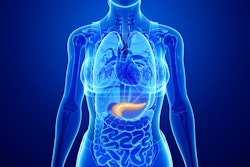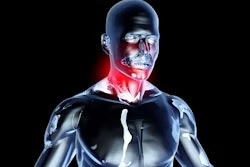Dear AuntMinnie Member,
The growing role of nonradiologists in image interpretation and interventional radiology was evident in our two most highly viewed articles this week.
In interventional radiology, advanced practice providers, such as physician assistants and nurse practitioners, are performing a lot more procedures, such as peripherally inserted central catheter placement, paracentesis, and thoracentesis than they used to, according to a new study. What's more, the research team noted that the significant volume increases between 2010 and 2021 may even be underestimations. You can get all of the details by accessing our top story of the week.
Meanwhile, more than one-quarter of all image interpretations are now being performed by nonradiologists, researchers from the Harvey L. Neiman Health Policy Institute (HPI) have found.
In other news, PET/CT with a new radiotracer (F-18 PSMA-1007) outperformed MRI prior to surgery in men with intermediate-risk and high-risk prostate cancer.
Also, large language models were deemed useful for helping patients understand radiology reports and imaging societies and cancer screening advocates continue to criticize a recent federal ruling that challenges no-cost preventive health services.
See below for the full list of our top stories of the week:
- Volume of IR procedures performed by PAs, NPs, is on the rise
- HPI: Almost a third of image interpretation done by nonradiologists
- PSMA-PET superior to MRI in phase II prostate cancer trial
- Large language models help patients understand radiology reports
- Imaging societies, advocates continue railing against Braidwood ruling
- E-cigarette users less likely to undergo lung cancer screening
- Shine CEO: Chrysalis to be world’s largest medical isotope producer
- Radiology update, reminders, and tips for MIPS
- FDG-PET/CT improves management of patients with head and neck cancer
- SIIM: How to tackle the challenge of equity in IT, AI
- Machine learning with echo improves heart tumor diagnosis
- Use ultrasound, MRI to track pancreatic ductal adenocarcinoma



















